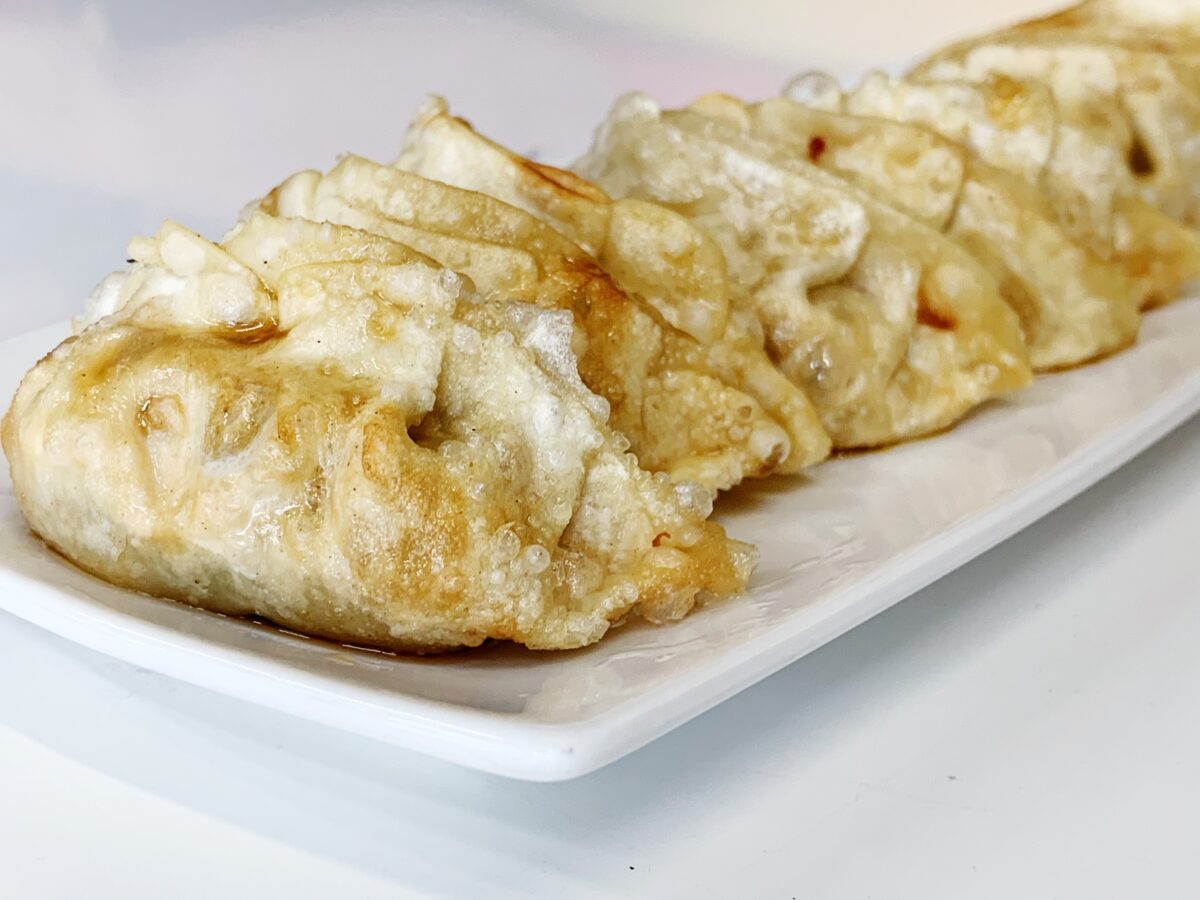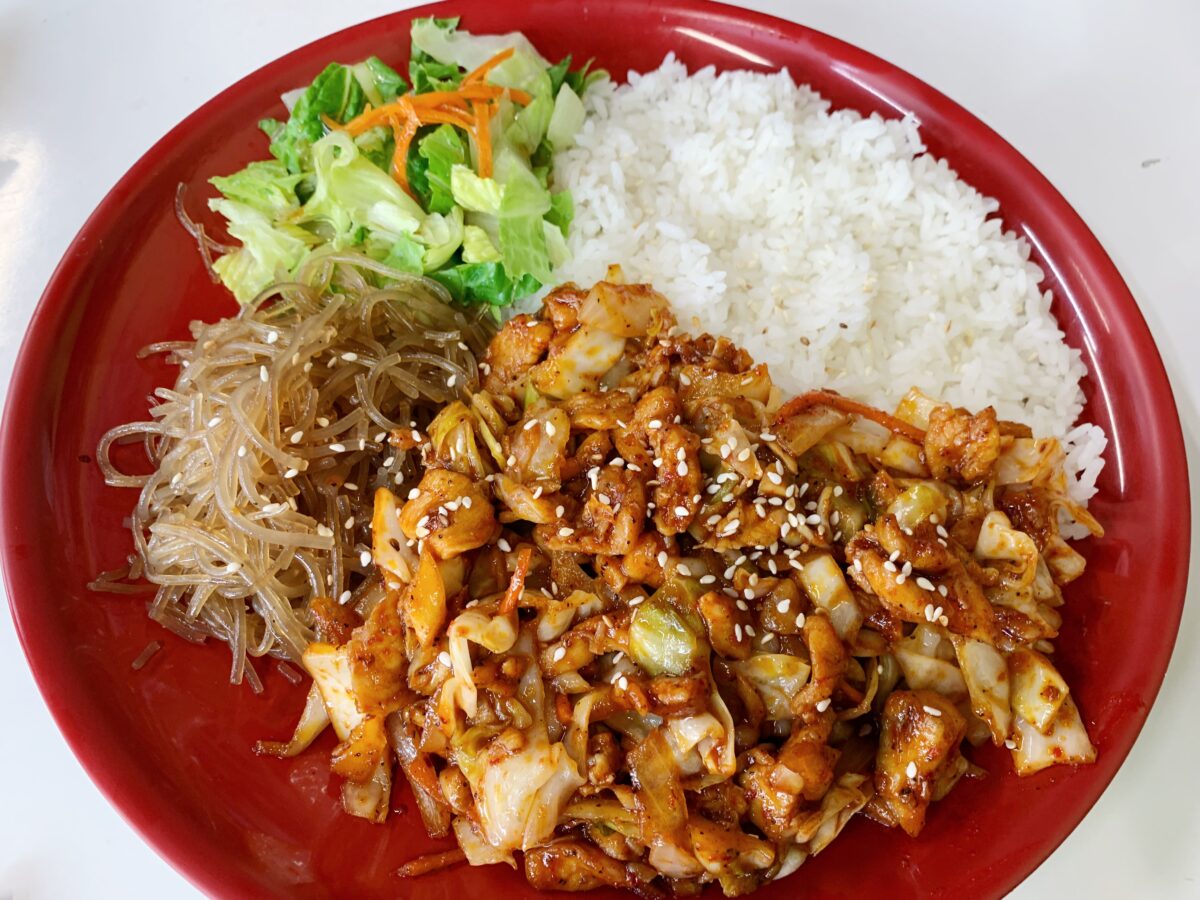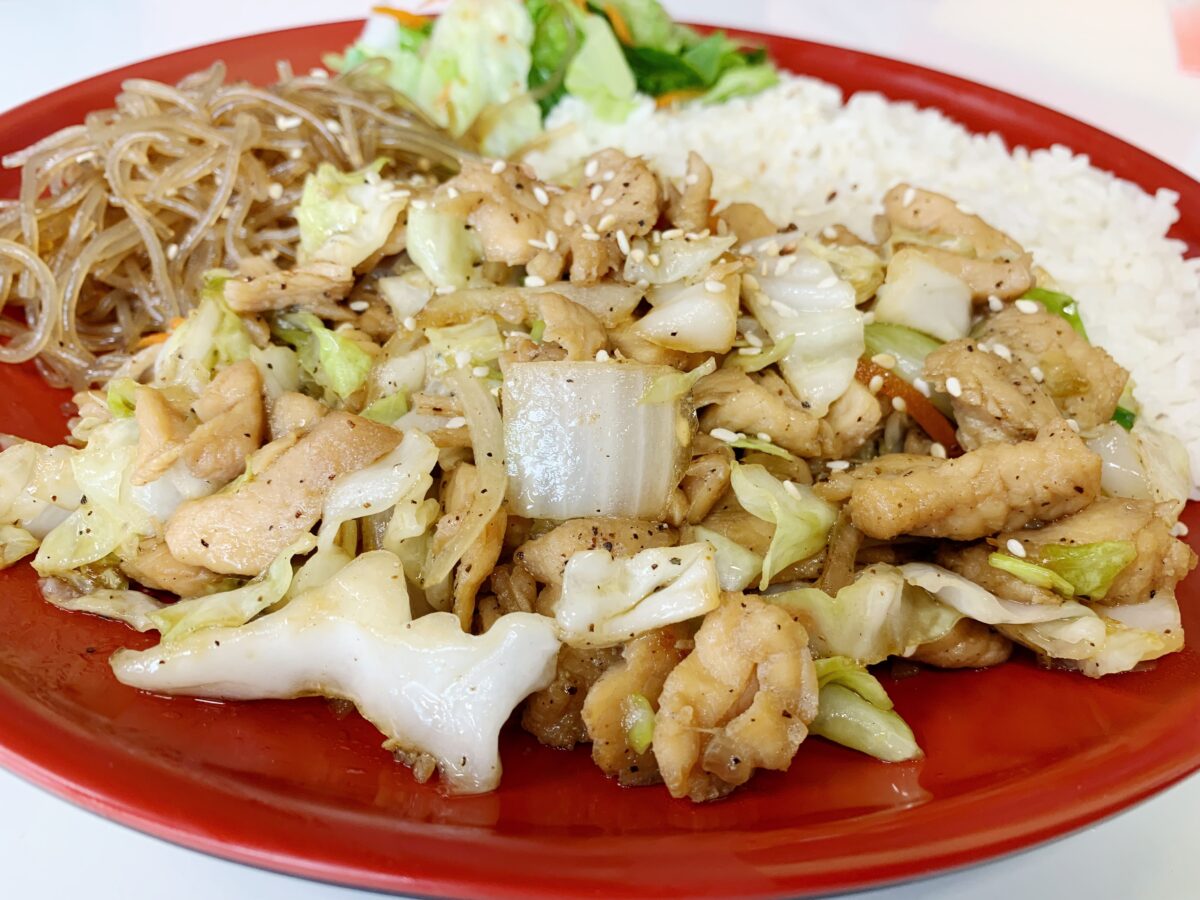KoKo Lunchbox of Provo dishes out plentiful portions of amazing, authentic Korean
At first glance, the name “KoKo Lunchbox” evokes to me a sense of juvenility and almost immaturity.
I haven’t carried a lunchbox since I was in grade school, so recalling the days of lugging in a sack lunch for my midday feast in the cafeteria wasn’t the most pleasant of nostalgia trips as I prepared to dine at this Korean eatery.
But as soon as I walked into the front door, it’s blatantly obvious that rather than centering on the ideas of sad sack lunches, KoKo Lunchbox wants to invite feelings of community, with charming wait staff and warm, hospitable decor and design. Rather than the gaudy or overbearing, KoKo Lunchbox relies on the comfortable and almost familiar feelings to encourage one to not only sit and eat, but for a while.
This unassuming eatery is tucked in between Fat Cats, a Pizza Hut and the site of a new Starbucks on the diagonal plot of land familiar to anyone who’s driven past Brigham Young University.
The KoKo Lunchbox menu is fairly simplistic, with essentially a few dishes, bibimbop, dupbop and ramen, with various proteins, like spicy pork bulgogi, teriyaki chicken and tonkatsu ramen.
Nothing on the menu is going to break the bank; nearly every menu item is below the $10 mark, with some entrees crossing into $11.
I, my wife and her parents started our meal with an order of pot stickers. If you’ve read any of my previous reviews, you know I have a soft spot in my heart — and belly — for pot stickers, and I like to sample each restaurant’s minute differences in the makeup of this classic dish. KoKo Lunchbox’s pot stickers are fried before being bathed in soy sauce. While most pot stickers come with dipping sauce, these are drizzled in soy sauce, which helps to not dull the crispy crunch of the fried pot sticker skin.
For our main dishes, I chose the stone bowl of bibimbop, my wife chose the spicy chicken dupbop, my mother-in-law landed on the teriyaki chicken dupbop and my father-in-law eyed the crispy pork katsu.
The service was prompt, speedy and friendly, even in a dinner rush. When our food breached the kitchen into the dining area, it was obvious that our eyes were bigger than our stomachs. Each portion of food was easily two meals, maybe even three, and we immediately asked for takeout boxes.
My stone bowl of bibimbop sizzled and crackled like a sparkler on the Fourth of July. An over-easy egg adorned the top of the bowl and piercing the yolk cooked the egg further as the earthen bowl warmed the entirety of the dish. The rest of the bowl consisted of noodles, sprouts, carrots, cabbage and ground beef, with gochujang — Korean hot sauce — swirled throughout the bowl. The primary protein, the ground beef, was soft and tender, with the typical notes of Asian food, like ginger, garlic and sesame oil, permeating each bite. The gochujang was sweeter than I anticipated, with more flavor than sriracha, but not quite as sweet as chili oil. Together, each part of the bowl joined together to make a fantastic meal.
My wife’s spicy chicken certainly lived up to its name. My wife is a sucker for spicy food, and even this was clearing out her sinuses. But the smack of spicy was not without flavor, and combined with the noodles, rice and salad, she had quite the indulgent feast.
My mother-in-law’s taste buds are cut from a completely different thread than my wife’s, and she cannot handle a mere hint of spiciness, so the teriyaki chicken was perfect for her palate. The sweet and familiar flavors of teriyaki blended with smooth, tender chicken. It was something she’d had likely a thousand times over, but a smile spread across her face by the end of the meal.
While the teriyaki chicken was familiar to her, the large chunks of crispy pork katsu were foreign terrain for this adventurous appetite. The pork was breaded in panko and served with a generous portion of sweet and sour sauce for dipping, along with the customary rice and noodles. The breading was a little thick for my father-in-law’s preferences, though for any future diners of KoKo Lunchbox, most katsu is breaded fairly heavily, so it was little surprise to me. The sweet and sour had a unique bite to it, which married well with the juicy pork.
As I said before, we each made it through maybe half, or even a third, of our respective dishes before piling most of the food into a styrofoam box. There was no sticker shock while paying, considering each dish was more than reasonable, considering the staggering size of each plate.
KoKo Lunchbox is nestled away into a location where you’ll blink and you’ll miss it, and frankly, you’ll miss out. Korean food has certainly grown in popularity, with this restaurant being no exception. But KoKo Lunchbox is, in my opinion, more authentic and more true to its roots than any of the other trendy Korean eateries. Try out a stone bowl for yourself; just be ready for leftovers.
KOKO LUNCHBOX
Where: 1175 N. Canyon Road, Provo
Hours: 11:30 a.m.- 9:30 p.m., Monday through Saturday; closed Sunday.
Prices: $3.99-$10.99
Info: (801) 850-4358; http://facebook.com/kokobobox





